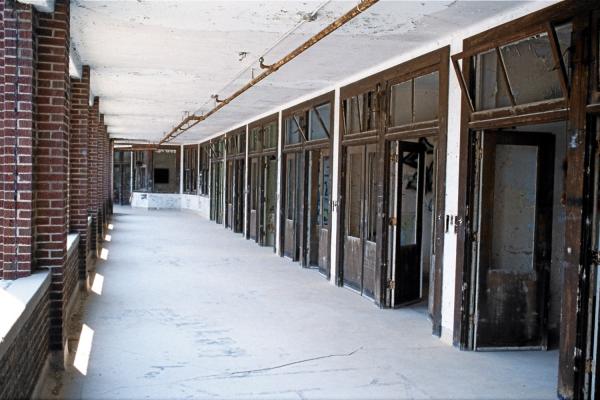

An alternative method involved placing balloons into a patient’s lungs and inflating them to encourage the lungs to breathe. Exposing a patient’s lungs to ultraviolet light in a so-called sunroom was one common treatment. As the illness progressed, more desperate measures were required. Fresh air was more important than staying out of the snow. It was so important that patients were often placed on open patios or in front of open windows-regardless of the weather. Fresh air, rest, and proper nutrition were thought to be the best treatments.
#Waverly hills sanitarium kentucky how to#
This was long before the days of antibiotics.ĭoctors were at a loss on how to treat the disease. This ward was designed to house children with TB, as well as the children of sick patients who had no one else to care for them. The hospital was rebuilt and expanded to meet demand, including the addition of a children’s pavilion.


As soon as Waverly Hills opens, it was overrun with sick patients. They maintained their own essential services, and hospital workers weren’t allowed to transfer for fear of spreading the disease. Fast-forward to 1910, when Waverly Hills Sanatorium was established on a high hill in Jefferson County, Kentucky.Ī hospital for the treatment of TB patients, doctors and nurses did their best to keep it as self-sufficient as possible to limit the risk of infection spreading to the surrounding community. Something, anything, needed to be done to contain it, and fast. Called the White Plague, the highly contagious disease can overcome entire families and, in some cases, entire towns. The bacterial infection causes painful growths in the lungs that make it increasingly difficult to breathe, resulting in a slow and difficult death. In the early 1900s America, the country was ravaged by tuberculosis (TB), a deadly and incurable disease.


 0 kommentar(er)
0 kommentar(er)
